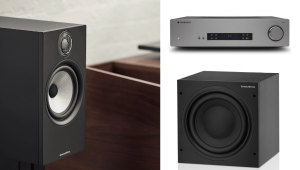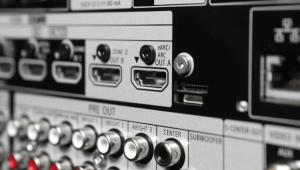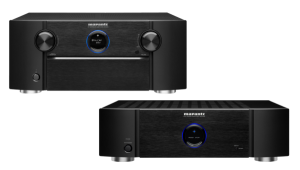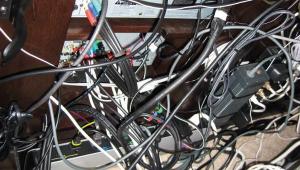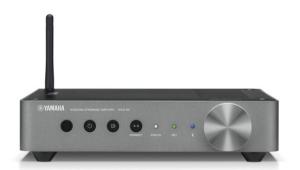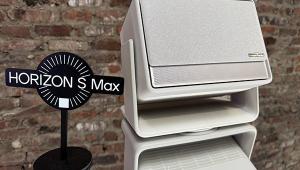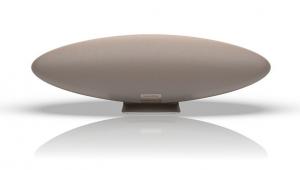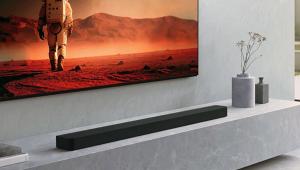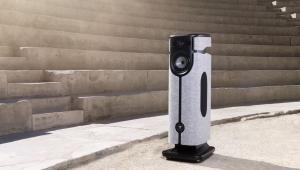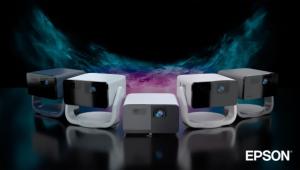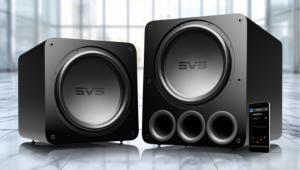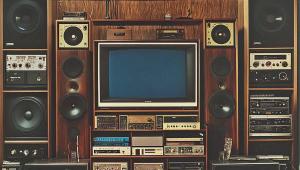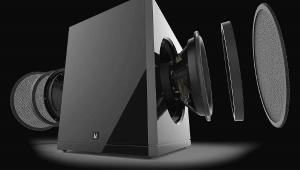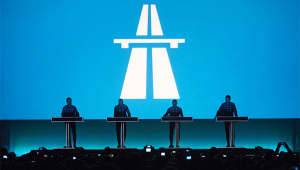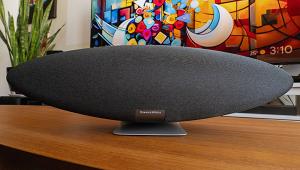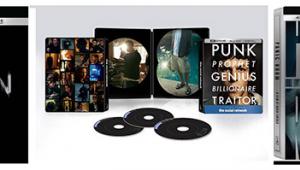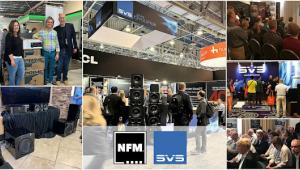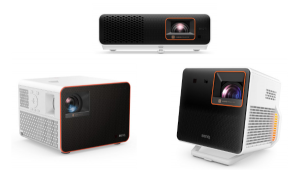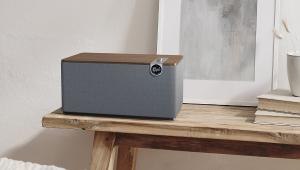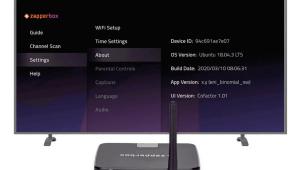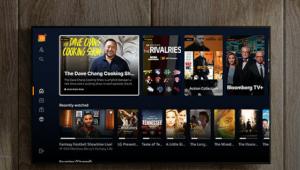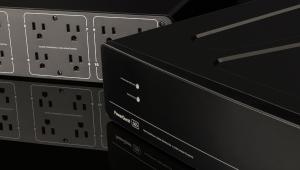I personally dont think there is my difference , ive seen the sony on blu-ray demo right next to a Samsung Luxia B6000 Series LED and I think the same with the 120hz rate, blows it out the water. I think anyone would be happy with a 120HZ LCD. It is definetly on my list of future purchases. I dont believe I could justify the difference in price of the panels. But your eyes may tell you diffrent!
240Hz, High-End Projectors, Plasma Calibration

I intend to buy an LED-illuminated LCD TV. Since I like action sports, should I get a 240Hz set rather than a 120Hz?
Rick Feldan
In my experience, 240Hz does look significantly sharper than 120Hz, especially on fast motion like sports. But there's a caveat: some sets that claim to be 240Hz aren't really—they are 120Hz with backlight scanning (that is, the backlight flashes on and off in a particular pattern during each frame). These sets do not look sharper than 120Hz sets as far as I've seen. Sony and Samsung make true 240Hz LCD TVs, while Toshiba and LG make "pseudo 240Hz" sets. I'd stick with Sony or Samsung for that reason.
Also, keep in mind that 120Hz and 240Hz frame interpolation tends to impart a "video" look to the picture, which some viewers object to, especially when watching movies. I have no problem with it myself—I prefer the sharper image to any "video" look there might be.
Define "High End"
I've noticed that projectors from Runco, Digital Projection, and others costing well over $25,000 and sometimes over $100,000 are referred to as "high end," but they never get reviewed. What makes these projectors high end? Is it light output?
Duane McBryde
Projectors from the likes of Runco and Digital Projection rarely get reviewed because very few people can afford them, so devoting the time and effort it takes to do a full review benefits only a small segment of our readership. Also, many such companies don't often send out product for review. Still, I'm not opposed to reviewing such products—in fact, I'm working on getting a couple of these über-projectors in for review, so stay tuned for that.
As for what makes a projector "high end," it's a number of factors. Certainly, greater light output is important, as well as better optics (which are always expensive), more costly xenon lamps, more extensive calibration controls, and more sophisticated features.
Let It Settle
I recently received my Panasonic TC-P54V10 plasma along with a Panasonic DMP-BD60 Blu-ray player. When budgeting for my purchase, I set aside some funds for a professional ISF calibration of the plasma TV. My sales rep told me that I should first "run in" the plasma for about 500 hours before the calibration. Do you agree? If so, what is the reasoning behind this? The rep mentioned something about letting the plasma gas "settle."
In the meantime, can I perform an in-house calibration using some sort of Blu-ray benchmarking/calibrating disc? If so, which one do you recommend?
Antonio Giaccio
I agree that you should let the plasma "run in" before calibrating it, but you don't need to wait 500 hours; when we review a plasma, we let it run for 50-100 hours before calibrating it. I don't know about the plasma gas "settling," but I do know that image retention is usually worse in the first 100 hours or so. Just be sure that you're displaying full-screen (16:9) moving images with no static elements during the run-in period. Alternatively, you can display a 60% solid white field if you have a source for such an image, which is what we normally do for reviews.
Meanwhile, you can certainly do a basic setup using a disc such as Spears & Munsil HD Benchmark or Digital Video Essentials: HD Basics, both on Blu-ray. I applaud your intention to have the set fully calibrated; it'll make a big improvement in the picture.
If you have a home-theater question, please send it to scott.wilkinson@sorc.com.
- Log in or register to post comments

I just purchases the Panasonic TC-P54S1 and bought the calibration with it. I have not had the calibration done yet as I have not had enough time to do the 100 hours of break in. I did my own minor calibrations and it looks great. However, I noticed that the S1's do not have grayscale adjustments. Will the calibration be worth it without grayscale adjustments?

Nathan, I just confirmed that the S1 does not have grayscale calibration controls in the user menu, but it does provide them in the service menu, which is accessible by a qualified tech. We haven't reviewed the S1 yet, so I can't say for sure how accurate its default grayscale is, but in most cases, a grayscale calibration noticeably improves the picture, so I would definitely hire a tech to do it.

I have hired a tech. However, it is the "techs" from Bestbuy where I purchased the TV. I basically got the $300 calibration for free by purchasing the protection plan. I don't know if anyone has experience with there technicians but are they capable of accessing this service menu? Thanks!

Have to agree 240 to 120hz no noticable difference provided its done right. In other words you would notice more of a difference between brands the between 120 and 240 with in the same brand. Just buy a plasma if you are worried about motion artifacts. the main use fro 240hz may be for 3d if it ever happens.

You content is great.Recent elections have seen miss world?look this: http://missvanilla.eu/miss-europe.html


